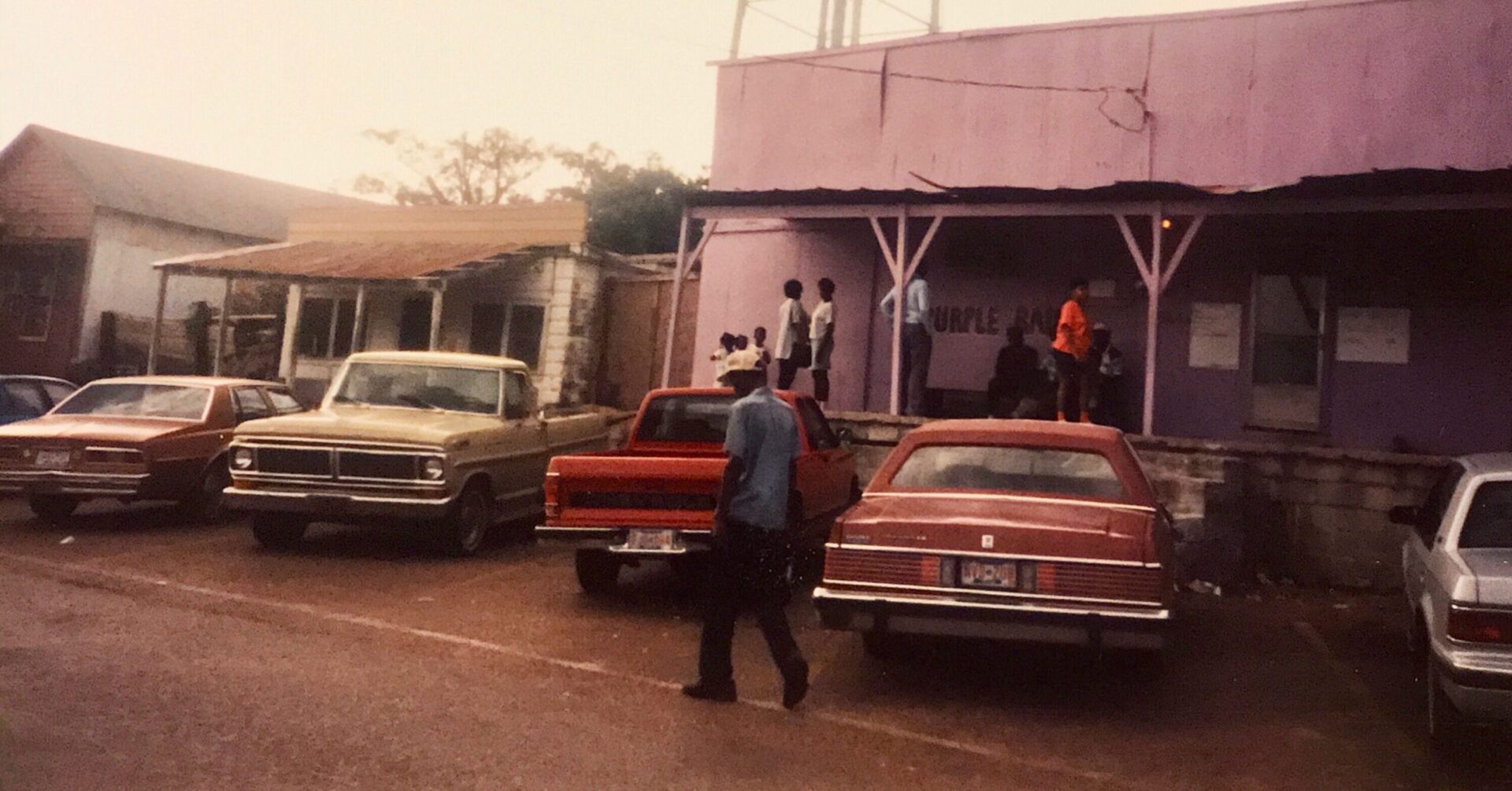


It was a blistering hot summer’s day, probably about 1977 or so. The ice cream truck had come past our house but I missed it, and I managed to convince my dad to take me out in the Mustang to see if we could catch up with it. It had turned left from Sycamore View onto Raleigh-LaGrange and then promptly disappeared. Dad supposed that it had turned onto a road called Henrietta, so he turned down that road and into something neither one of us have ever imagined was there—a rural Black community, frozen in time, right within the city of Memphis.
We never found the ice cream truck, but there was an old grocery store. It wasn’t open, and I can’t recall the name, but I can still remember the Coca-Cola signs on it. Next door was a church, and I can recall that a sign in front proclaimed it Washington Chapel Missionary Baptist Church. Not finding what we came for, my father turned around and headed back out toward the house.
I never knew what the name of the little community was, and still don’t, but I had occasion to visit it another time when a woman in my church, Ruby Kaufman, went to visit her employee, an older Black woman who lived off of Henrietta on a street called Twine Street. I recall the woman’s house as being a wooden house off the ground on blocks. I remember her telling us that the older people were quiet and decent folks, but that there were younger people at the back of the community who were into drugs and were wild. The neighborhood had something of a sinister reputation.
When I got old enough to ride my bike, I rode down Henrietta one day. I don’t recall what I saw, except that I remember a group of younger people in front of a house, and one of them saying, “Where you riding to so fast, white boy?” I had begun to remember the old lady’s words, and began to feel I should not have ridden down there. The neighborhood sort of continued across Raleigh-Lagrange along a road called Joe Brooks. But I could never determine exactly who Joe Brooks had been.
I literally don’t think I had been down that road again until September of this year. It occurred to me that the old church building, which had been abandoned even back in 1977, and the old store, if they were still standing, were landmarks that I ought to photograph, lest they disappear like so much else has. So I went, and found them still standing, although all signs and markers are gone. It is a quiet neighborhood now, a far cry from the wildness and drugs that people warned about in the 1980s. There is only one way in and one way out. But I was saddened by the fact that not only was the church sign I had recalled gone, but the cornerstone had been removed as well, a fairly selfish act that obliterated history. I had hoped to find a date of founding for that church, and a list of the deacons at the time it was built. But it was not to be.
I suppose the community is historic, and I hope to one day figure out what it was called and when it was founded. It has held out against all odds.

Our house was on Tiffany lane, behind the wild side of Henrietta you described. There was also a pond folks called Linwood or Lynwood. Supposedly a cabinet maker owned a lot of the land.. a lot went on there for sure. There was an old abandoned house that’s probably overgrown by now, and an old rusty milk truck.